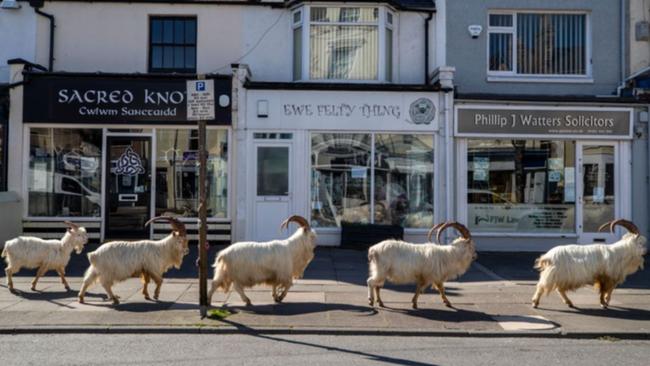Depending on who you listen to and how bombastic you like your news, COVID-19 was either passed on from a man who was attacked by a bat to a pangolin that someone ate in a market. Other more sensational claims stem that it was made in a lab – claims which have been vastly debunked. However, one thing we can be pretty sure of is that COVID-19 came from some kind of animal and was passed on to humans. That is why, then, there is a worry about how COVID-19 is impacting on the wild animal community. Is it?
There is a lot of talk about just how serious COVID-19 has impacted on animals, with lots of talk over the need to vaccinate pets in the future. However, research teams are now running studies on wild animals from bats to seals in a bid to find out what the impact of COVID-19 in the wild has been. Various animals, from household pets to domesticated animals in zoos, have suffered from COVID-19 so we know it can pass from species to species. How impactful, though, is the risk of wild animals being infected?
Researchers have found COVID-19 in infected animals such as minks. A mink farm in Utah was found to have an outbreak, which had then passed to some of the wild mink populace.
The research at the moment is focusing mostly on how we can work out how the interaction is taking place, and what it might mean for the future of dealing with the virus. The process for passing a virus from species to species, though, is a lot harder than it might sound – it has to jump through all manner of hoops to overcome a new immune system it hasn’t fought yet.
Could wild animals make circulation permanent?
The biggest fear is that wild animals will keep on bringing it into their own wild communities, which then spreads into our own communities. This would be a nightmare scenario as it would make eradication almost impossible. Given it would be hopping from species to species with such ease, it would also hasten the increase in the number of variants to worry about, further slowing down efforts to beat the virus for good.
COVID-19 studies about wildlife animals, then, are being studied in-depth. If this fear of potential spread from the wild populace turns out to be true, then it could make any long-term efforts to finally destroy COVID-19 much harder.
Wild animals, though, are the by-product here. They are simply trying to survive, with many infections coming as a result of contact with a COVID-infected animal as they search for food and/or shelter. It’s for this reason, then, that the results of these studies should play a big role in helping us to better control the fight against COVID-19.
This isn’t going to be easy, but it is by no means impossible. With the details from these studies, we can hopefully prepare accordingly to combat the issue.

